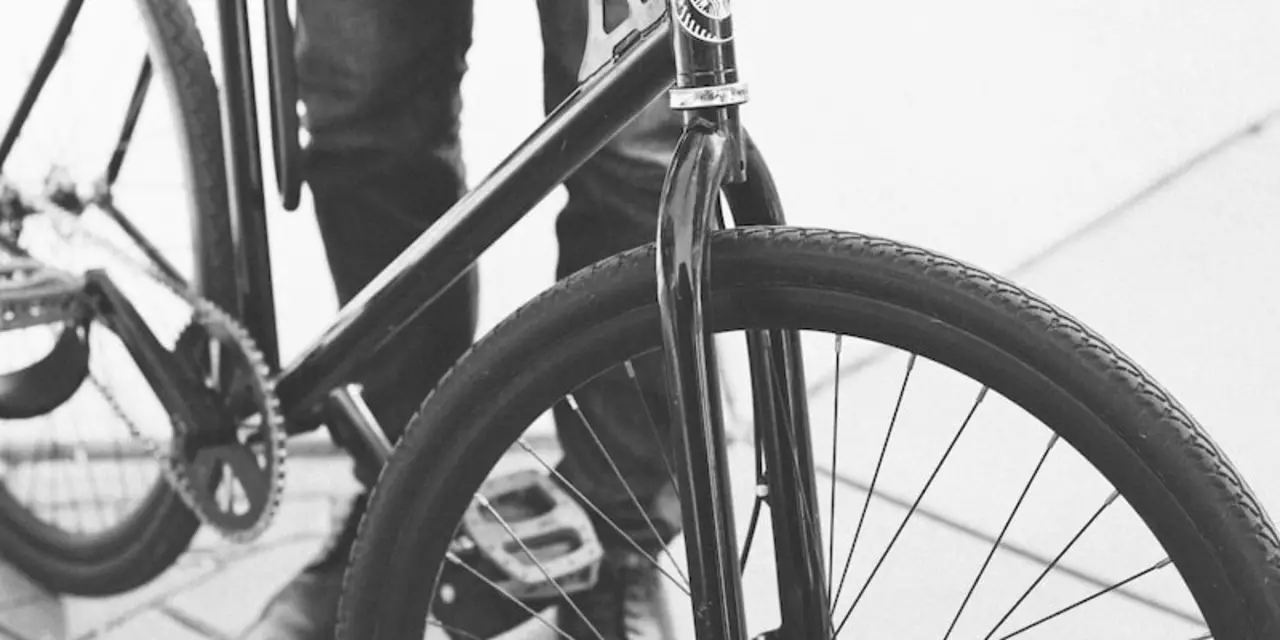Diet Tips for Cyclists: Fuel Your Ride Right
Ever wonder why some rides feel effortless while others drain you before the finish? The secret is often what you eat, not just how hard you pedal. A smart diet gives your muscles the fuel they need, keeps you focused, and speeds up recovery.
What to Eat Before a Ride
Give your body a steady release of energy 1‑2 hours before you hit the road. A bowl of oatmeal with a banana, a slice of whole‑grain toast topped with peanut butter, or a yogurt mixed with berries all work well. These foods are high in carbs and low in fat, which means they digest quickly without weighing you down.
Don’t skip breakfast if you ride early. Even a small snack like a granola bar or a piece of fruit can prevent the dreaded “bonk” mid‑ride. Pair carbs with a little protein – think a hard‑boiled egg or a handful of nuts – to keep blood sugar stable.
Fueling During the Ride
For rides under an hour, water is usually enough. Once you’re out for longer than 60 minutes, aim for 30‑60 grams of carbs every hour. Energy gels, sports drinks, or a handful of dried fruit are convenient options. Keep it simple: a gel every 45 minutes or a few bites of a banana split the difference.
Hydration matters just as much as carbs. Sip water regularly, and add an electrolyte drink if you’re sweating heavily or riding in hot weather. A good rule is 500 ml of fluid per hour, but listen to your thirst and adjust for temperature.
If you prefer solid food, try a small sandwich with lean turkey, a rice cake with almond butter, or a homemade energy ball made from oats, honey, and dried fruit. The key is to practice these choices on training rides so you know they sit well in your stomach.
Post‑Ride Recovery Meals
Within 30‑60 minutes after you finish, refuel with a mix of carbs and protein. A smoothie made with milk, a scoop of protein powder, and frozen berries works great, as does a chicken‑and‑rice bowl with mixed veggies. The protein helps repair muscle fibers, while carbs replenish glycogen stores.
If you can’t cook right away, a Greek yogurt topped with granola and fruit is a quick, effective option. Aim for a 3:1 carb‑to‑protein ratio – about 60 grams of carbs to 20 grams of protein for a 1‑hour ride.
Don’t forget to rehydrate. A glass of water with a pinch of salt or a low‑sugar electrolyte drink will restore the minerals you lost.
Sticking to these simple eating habits can make a noticeable difference in how you feel on the bike. You don’t need fancy supplements or expensive meals – just balanced carbs, some protein, and proper hydration at the right times.
Ready to test it out? Pick one change for your next ride – maybe add a banana before you go, or try a gel halfway through. Track how you feel and adjust. Small tweaks add up to stronger, longer, more enjoyable rides.
How can much weight can I lose using a stationary bike?
A stationary bike is a great way to lose weight as it can burn a lot of calories in a short amount of time. Depending on the intensity of the workout and the frequency, it is possible to lose up to 2lbs a week. Additionally, a stationary bike can be used to target specific body parts, such as the legs and buttocks, to help tone and shape the body. It is important to remember to include a healthy diet in addition to the exercise to ensure that the weight is lost in a sustainable way. Overall, a stationary bike is an effective way to lose weight quickly and safely.
